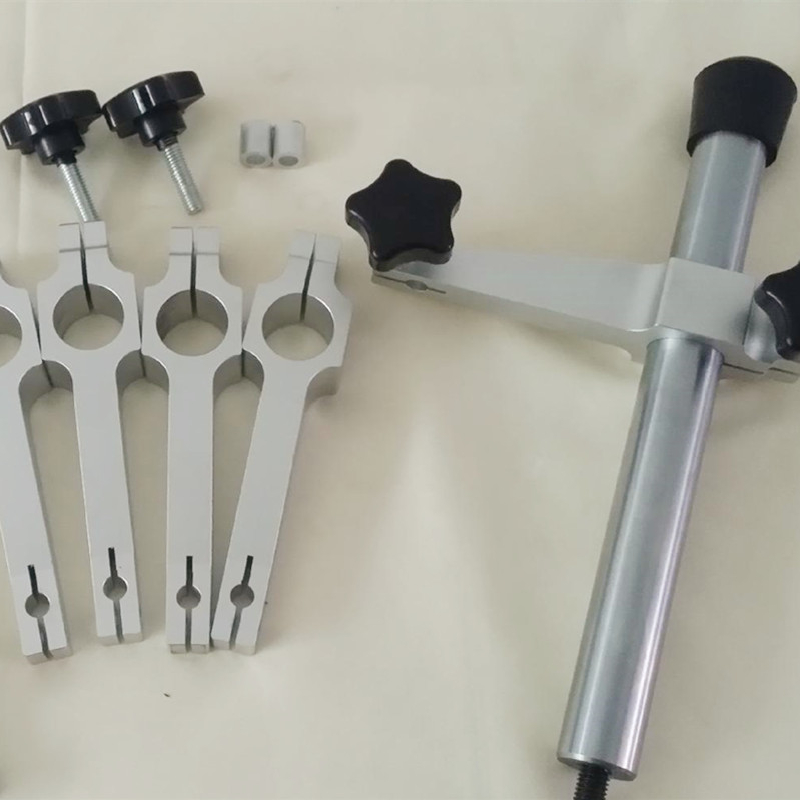12月 . 29, 2024 04:29 Back to list
Various Types of Control Valves and Their Practical Applications in Industry
Control Valve Types and Applications
Control valves are critical components in various industrial processes. They manage the flow of fluid—be it gas, liquid, or steam—by varying the size of the flow passage as directed by a controller signal. Understanding the types of control valves and their applications can significantly enhance process efficiency and maintain safety standards.
Types of Control Valves
1. Globe Valves Globe valves are among the most common control valves. They are designed with a spherical body and an internal baffle that allows for throttle control. They provide good flow regulation and are ideal for applications requiring frequent adjustments. Their ability to control flow with relatively low pressure drop makes them suitable for many chemical and petrochemical processes.
2. Ball Valves These valves utilize a spherical disc to control flow. When the ball is rotated, the flow path is opened or closed. Ball valves are characterized by their quick operation and minimal pressure drop. They are ideal for on-off applications and are widely used in the oil and gas industry, where they must withstand high pressure and corrosive environments.
3. Butterfly Valves Butterfly valves consist of a rotating disc that regulates flow. They are lightweight, compact, and can provide tight sealing. Although they may not handle high pressures as effectively as globe or ball valves, they are suitable for large volume flows and are often used in water treatment, HVAC, and fire protection systems.
4. Check Valves Check valves are designed to allow flow in one direction and prevent backflow. This is critical in applications where the flow direction is inconsistent. They are often used in piping systems to protect pumps and prevent drain back.
5. Diaphragm Valves These valves utilize a flexible diaphragm to pinch the flow off. They are best suited for applications involving slurries or fluids that require a hygienic environment, such as in pharmaceuticals and food processing.
6. Pinch Valves Pinch valves consist of a soft rubber sleeve that collapses to prevent flow. They are primarily used for controlling slurries and abrasive materials due to their self-cleaning property.
7. Pressure Relief Valves These valves are designed to open automatically to relieve pressure in a system, protecting equipment and ensuring safety. They are crucial in processes like boiler operations and steam systems.
control valve types and applications

Applications of Control Valves
Control valves are used in a myriad of industries, emphasizing their importance in maintaining operational efficiency.
- Oil and Gas In the oil and gas sector, control valves regulate the flow of oil, gas, and other hydrocarbons, ensuring that extraction, refining, and distribution processes run smoothly and safely.
- Water and Wastewater Treatment Control valves are essential in managing water flow and treatment chemicals. They help maintain proper water treatment processes, ensuring safe and clean drinking water.
- Chemical Processing In chemical manufacturing, control valves regulate reactant flow into reactors, maintain optimal reaction conditions, and control temperature and pressure, vital for safety and product quality.
- HVAC Systems Control valves in heating, ventilation, and air conditioning systems manage the flow of air and water, maintaining desired temperatures and comfort levels in buildings.
- Food and Beverage Industry Hygiene is paramount in food processing. Diaphragm and pinch valves are commonly used in this sector to ensure the integrity and safety of food products.
Conclusion
In conclusion, control valves are integral to various industrial applications, influencing flow control, safety, and efficiency. The choice of valve type depends on the specific requirements of the process, including pressure, temperature, fluid properties, and required control precision. By selecting the appropriate control valve, industries can optimize their processes, enhance product quality, and ensure system reliability.
-
Why Metric Trapezoidal Thread is Ideal for Precision Motion ControlNewsAug.05,2025
-
The Unique Properties of a Block of Granite for Industrial UseNewsAug.05,2025
-
The Role of Flanged Y Strainers in Preventing Pipeline ClogsNewsAug.05,2025
-
The Importance of Regular Calibration for Master Ring GagesNewsAug.05,2025
-
How a Cast Iron Surface Table Enhances Accuracy in ManufacturingNewsAug.05,2025
-
Comparing Different Check Valve Types for Optimal Flow ControlNewsAug.05,2025
Related PRODUCTS









